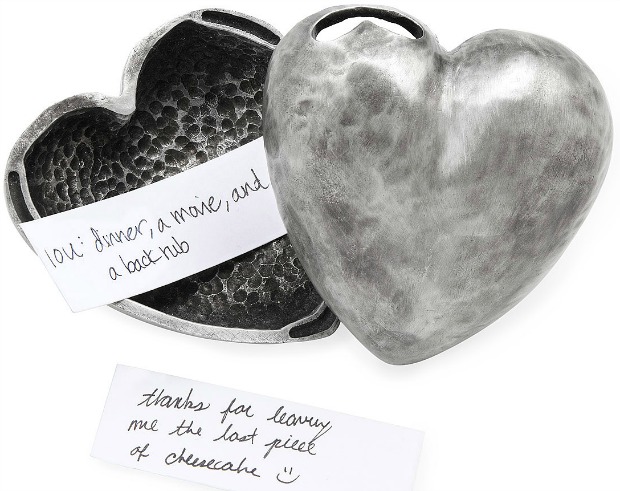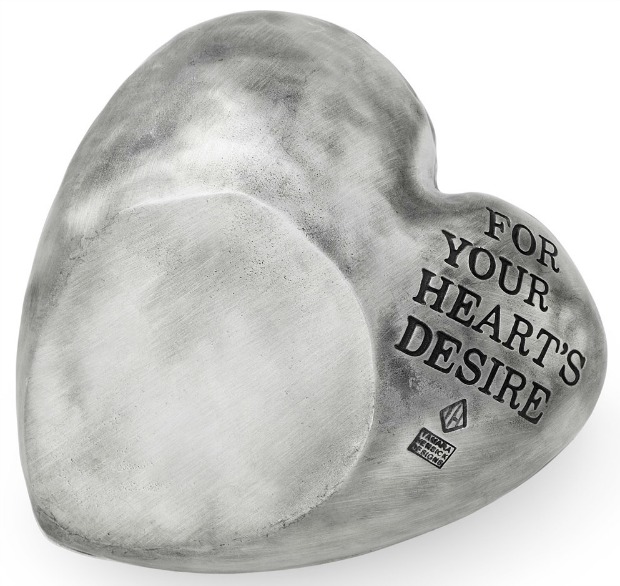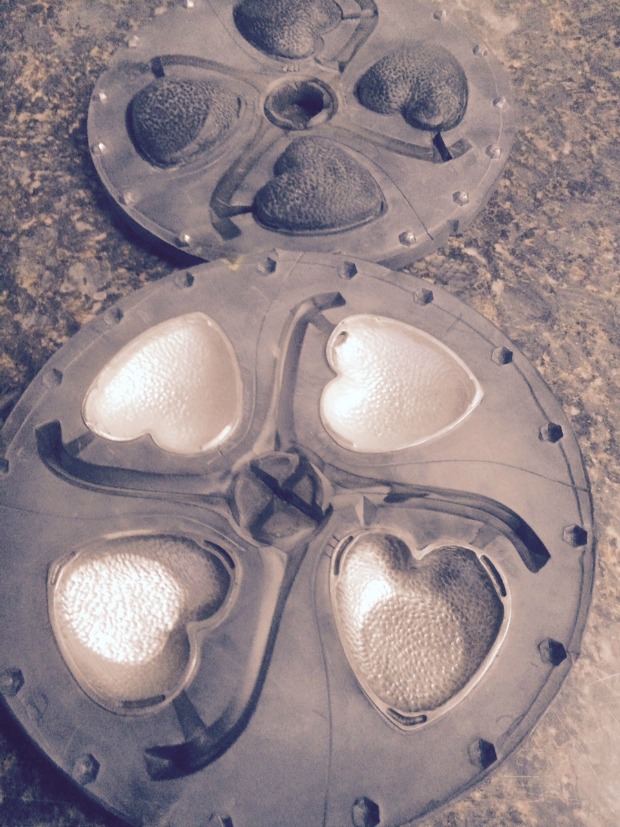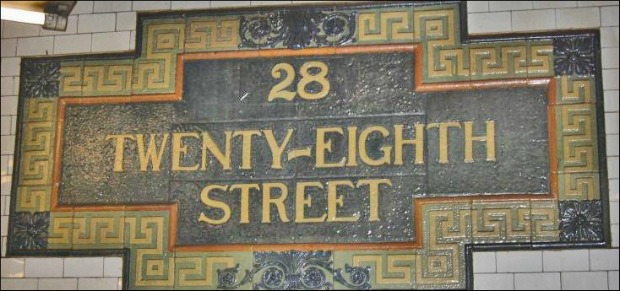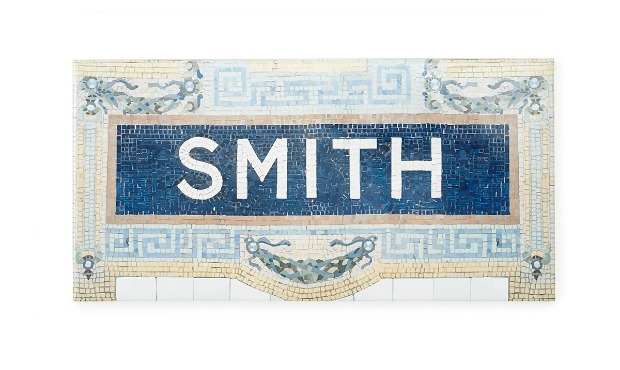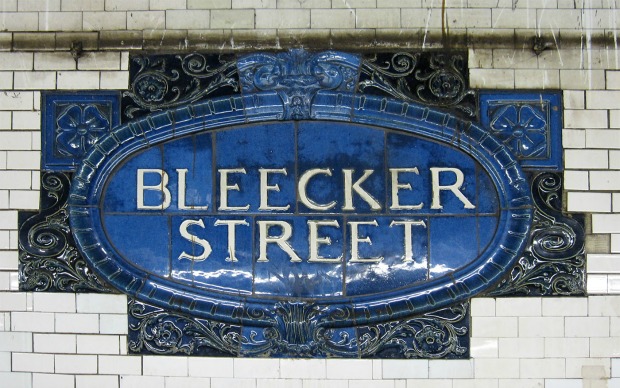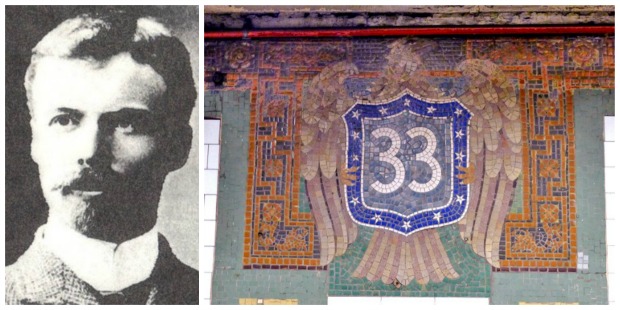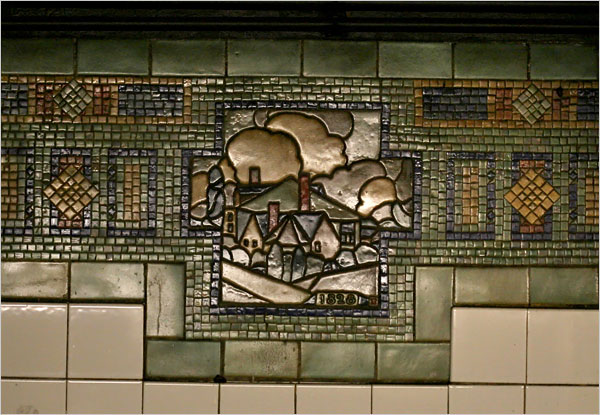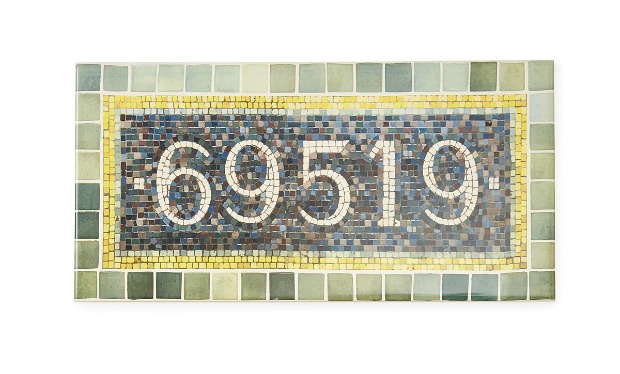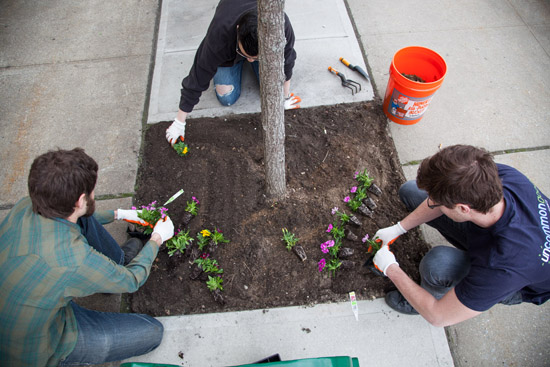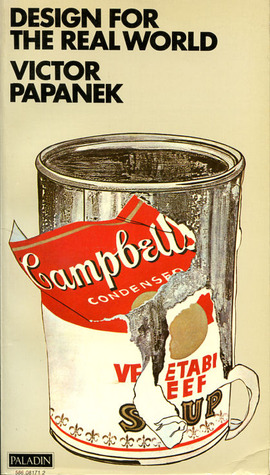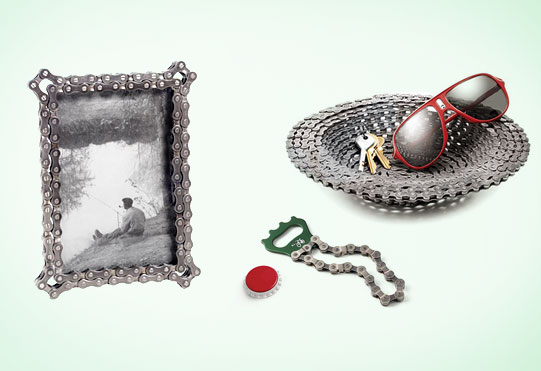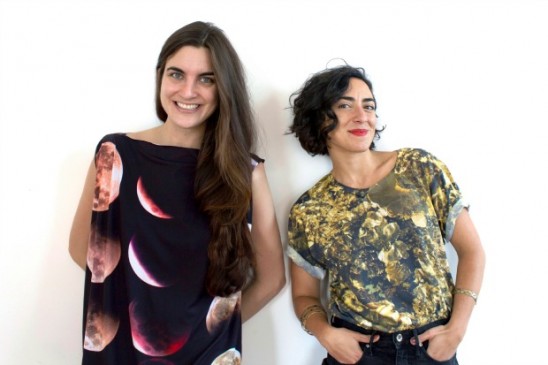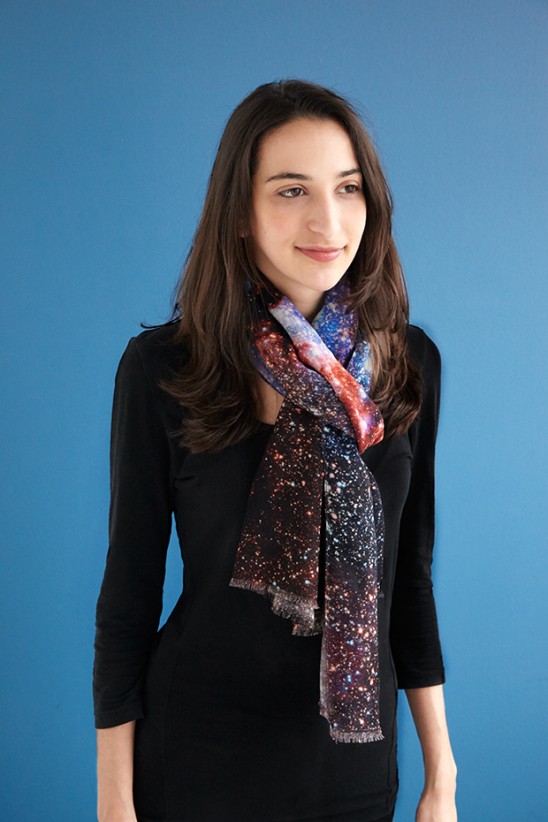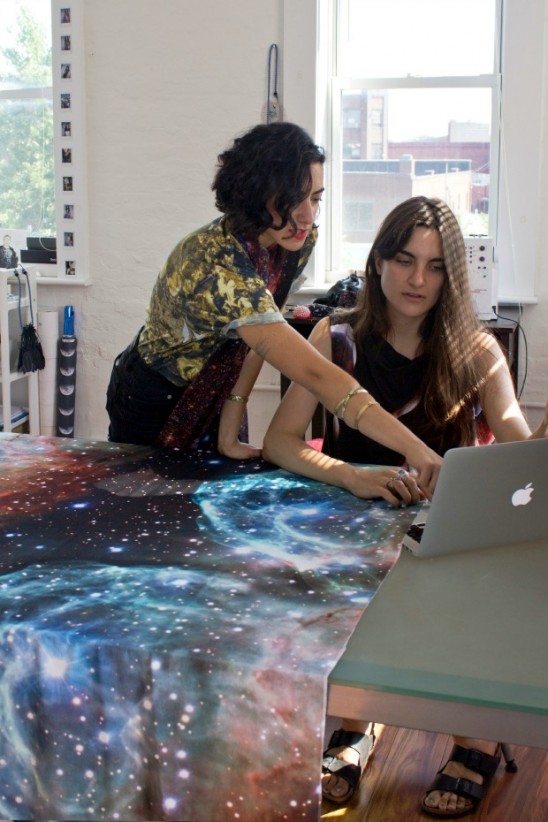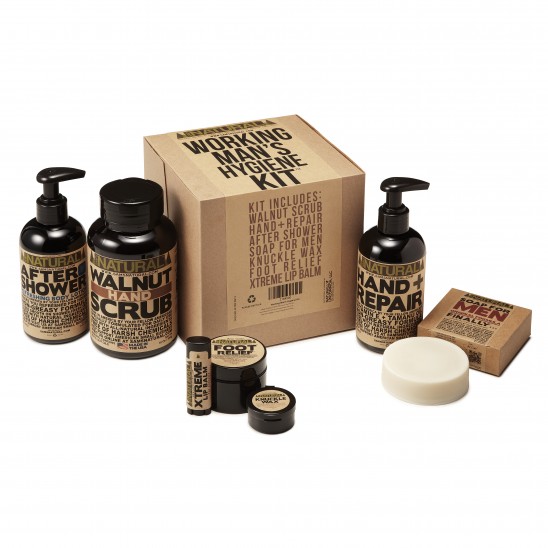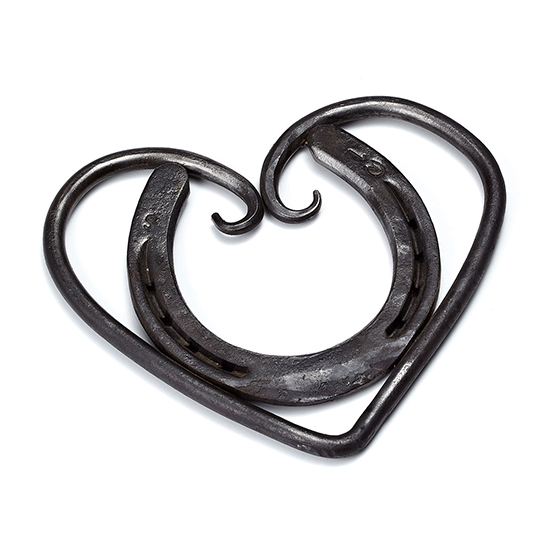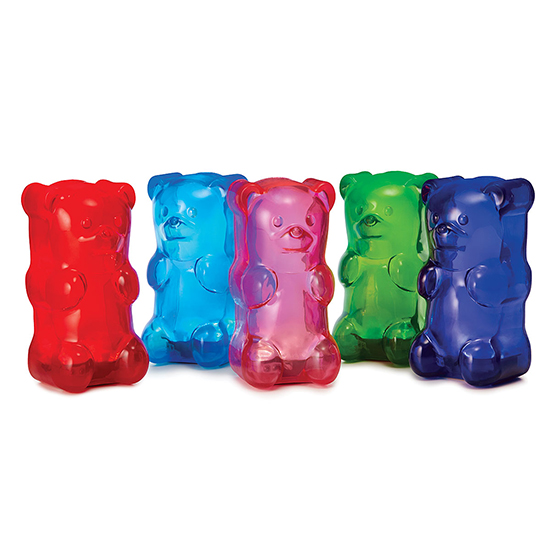Sometimes, all it takes is a kind compliment, sentimental thought, or flirtatious quip to ignite the spark and rekindle your romance.
Designed to let you relive the thrill of passing a clandestine declaration of your true feelings to your childhood crush, the For Your Heart’s Desire Message Box was designed to inspire amorous note passing between partners, whether you’re newly entwined or a couple of lovebirds in your golden years.
This veritable work of heart was designed by maker Tamara Hensick and brought to life by UncommonGoods’ Product Development team and a small group of metalworkers in Rhode Island.
Tamara is a sculptor whose muses are manifold, and range from ideas and idioms to funny notions, stories, and fairytales. Her collection of cast pewter, sterling silver, bronze, and white bronze pieces include nature, figure, animal, and object motifs.
“’To have, to hold, to keep, to inspire.’ This phrase pops to mind,” says Tamara of her inspiration to create this particularly heartfelt vessel.
“It is always the idea, saying, phrase, or notion that creates the form. Words drive the pieces but occasionally a symbol alone is enough.” In the case of this lovingly designed objet d’art, word, symbol, and sentiment coalesce to form a piece that implores its owners to open their hearts.
After discovering Tamara’s limited edition, cast-bronze sculpture, our Product Development team became smitten with the concept and the artistry of the original piece. “We liked the rough-hewn look of it and the expression she had chosen (“for your heart’s desire”), paired with the function of being able to drop things into the heart,” says our Senior Product Development Associate Tiffany Jyang.
“Although it was originally designed as a bank, we thought it was less about money and more about being able to connect with your heart’s desire, hence re-imagining it as a space to make it easier to share little thoughts and moments with your partner. It’s very much about connecting and sharing in a simple way.”
In order to bring Tamara’s concept to a larger audience, the Product Development team reworked her original sculpture and collaborated with a Rhode Island metalworking shop to manufacture the design in lead-free pewter.
Although this charming piece can provide the impetus to keep your relationship communication flowing, it’s open to interpretation, and from exchanging thank you’s to leaving petite paeans to your one and only, it’s destined to become whatever your heart desires.
“Over the years people have relayed touching stories about a piece they’ve given or received,” says Tamara. “One woman purchased hearts for each of her children to fill with love notes and words of wisdom as they grow up. When they are off on their own, they will each have a heart filled with their mother’s love.”

